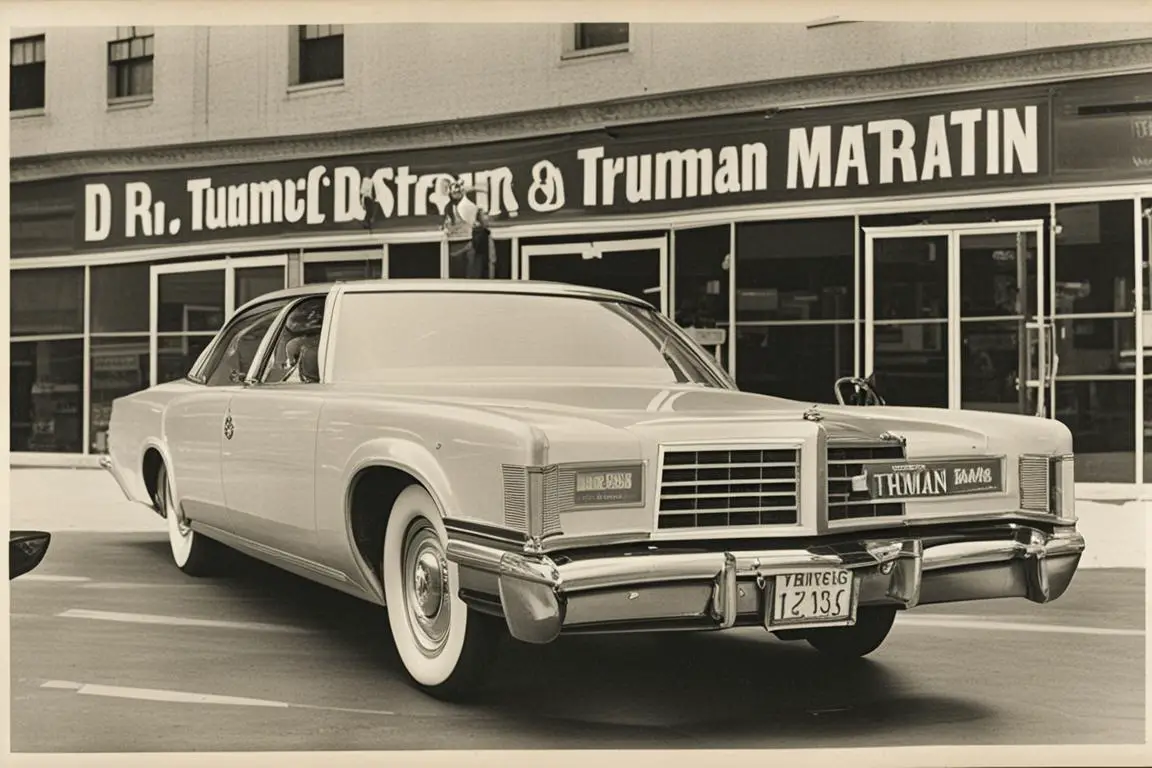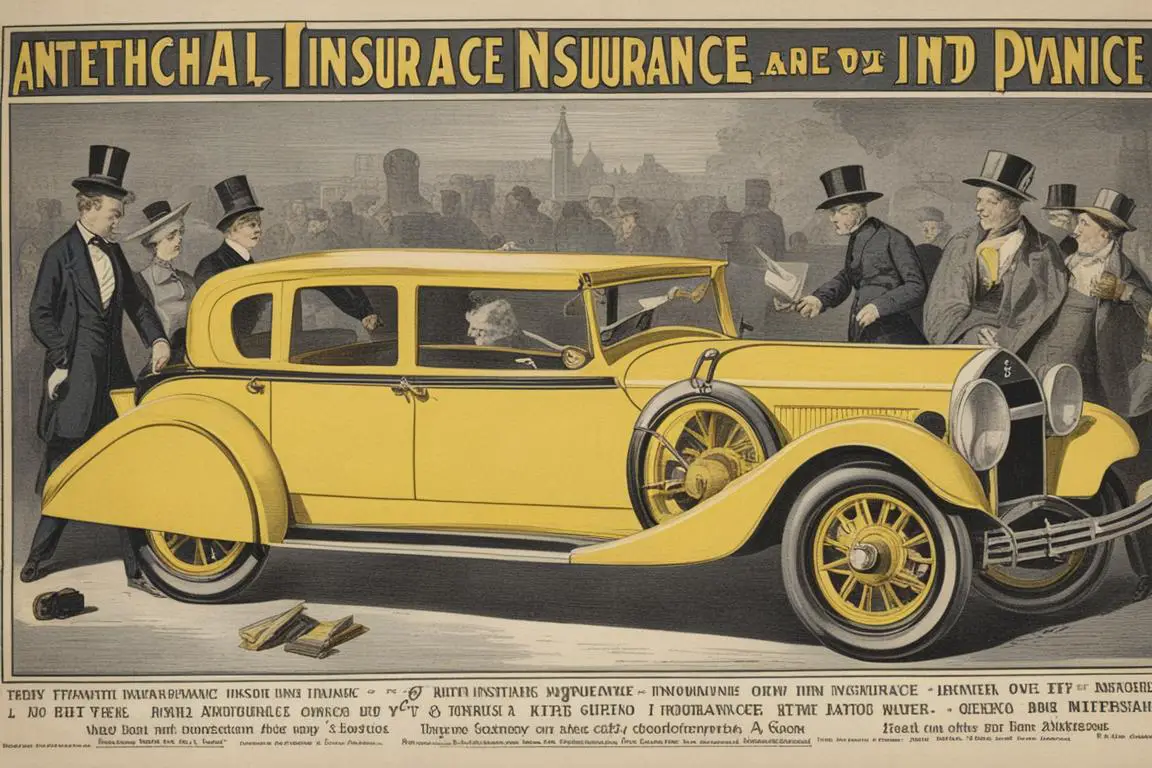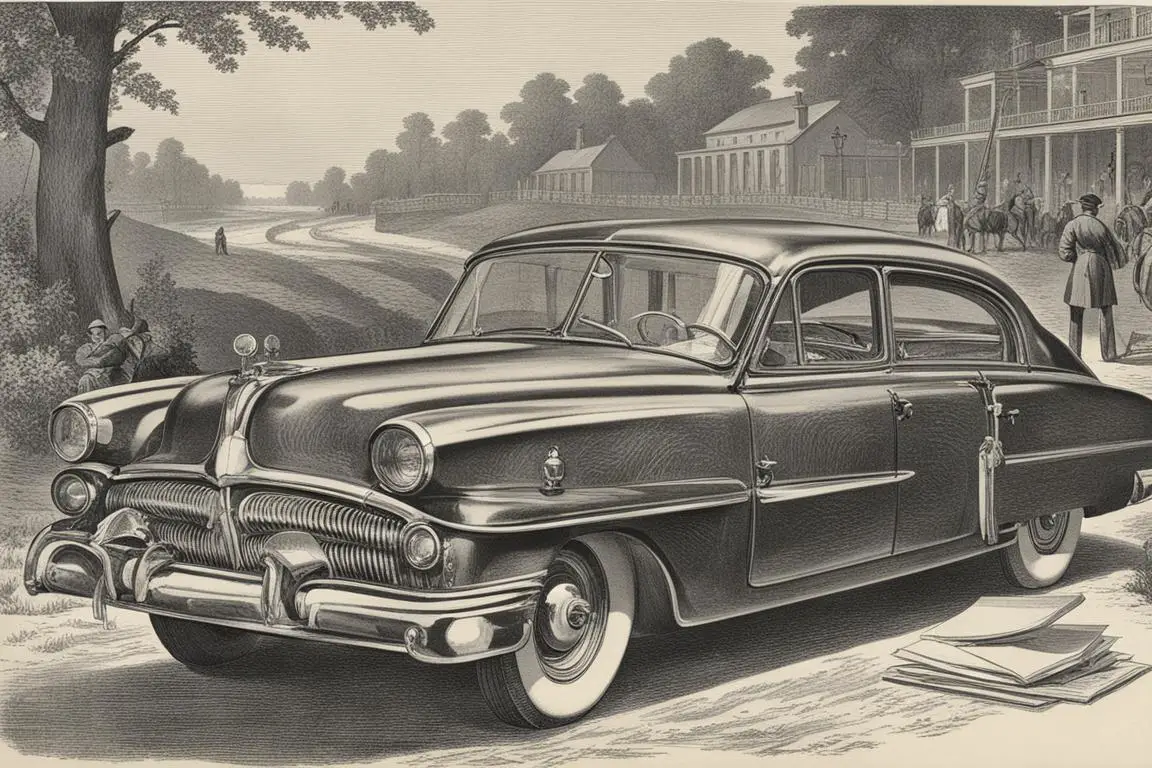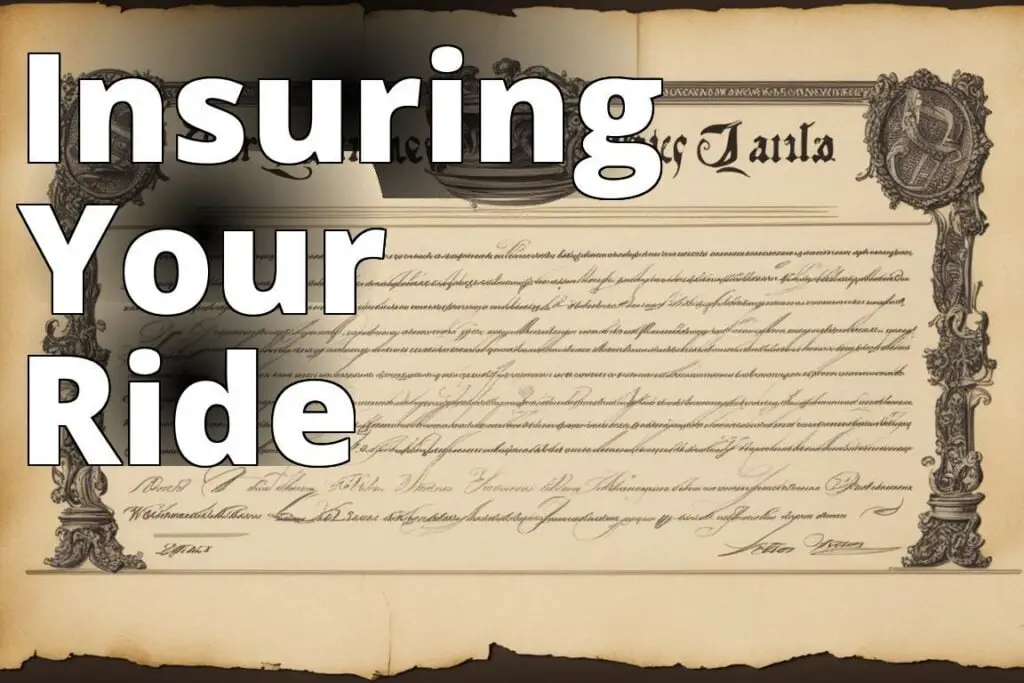Automobile insurance, often seen merely as a pragmatic purchase, actually boasts a rich history that mirrors the evolution of modern transportation and societal change. Unlike other forms of insurance, car insurance has had to adapt rapidly to technological advances, regulatory changes, and shifting cultural attitudes. It’s a saga not just of business, but of innovation and often, intense legal battles.
Explore the Evolution of Car Insurance
Readers will learn about the first car insurance policy, company, laws, premiums, agents, claims, scams, and the future of car insurance.
– The first car insurance policy was issued in 1897.
– The first car insurance company was established in 1898.
– The future of car insurance includes advancements in technology and changes in coverage options.
The History of Car Insurance
Automobile insurance did not start as a sophisticated product. Back in the days when horses were the main transportation mode, the idea of insuring a car seemed absurd. The very first car insurance policy is documented to have been issued in 1897 by Travelers Insurance Company to Dr. Truman Martin of Buffalo, New York. He paid $12.25 for a $5,000 policy, covering not just accidents but damages inflicted by horses!

The transformation from these rudimentary agreements to the complex policies we deal with today reflects broader economic and technological trends. Each policy, each law, and each claim has woven a thread into the fabric of our contemporary understanding of automobile insurance.
The First Car Insurance Policy
The issuance of the first car insurance policy was more than a business transaction; it was a cultural shift. Before cars became prevalent, insurance focused on sea and rail transports, not personal vehicles. Dr. Martins policy marked the conceptual leap where vehicles were seen as needing protection against the hazards of the road.
Insider Tip: Early policies like these were customized agreementsmore akin to modern luxury or collector car policies than standard offerings today.
The nature of these first policies was rudimentary. They covered collisions and little else, but as car ownership became more common, the complexity of what policies needed to cover expanded. The rapid increase in car accidents necessitated a transformation in how policies were structured and what they covered.
The First Car Insurance Company
The first company to underwrite an automobile insurance policy, Travelers Insurance, was not originally in the business of car insurance. Their willingness to step into uncharted territory paved the way for the industry. By 1925, UK-based company Norwich Union had also started issuing policies, suggesting that the need for automobile insurance was becoming a global phenomenon.
These pioneering companies were not just selling a product; they were creating a market and setting standards that would shape the industry’s future. They had to devise policy structures, premiums, and even marketing strategies from scratch in an era where the majority of the populace didn’t own or had never driven a car.

The First Car Insurance Laws
The societal impact of car insurance can be traced back to the laws that required it. The first mandatory automobile insurance law was passed in the UK by the Road Traffic Act of 1930. This act made it compulsory for all drivers to be insured against their liability for injuring others or damaging property.
In the United States, Massachusetts was the pioneer, enacting compulsory car insurance laws in 1927. These laws were fundamental in shaping public perception about insurancenot as a luxury but as a necessity for responsible vehicle ownership.
Link to further reading on the Road Traffic Act of 1930 and its implications here.
The First Car Insurance Premiums
Determining premiums for the first car insurance policies involved a lot of guesswork. Insurers had to consider the car’s cost, the likelihood of accidents, and even the driver’s experience, which, at that time, was a novel approach.
The early premiums were steep by today’s standards, largely due to the high risk associated with early automobiles and the lack of historical data on which to base assessments. Adjustments were frequent as insurers learned more about the market and accident rates.
The First Car Insurance Agents
The role of the first car insurance agents was crucial in educating the public about the benefits of insurance. These agents were often tasked with explaining what insurance is, why it’s necessary, and how it can provide financial protection in the event of an accident.
Their work laid the groundwork for the insurance agent as a fixture in American and European business culture. The early agents were often seen as both educators and salespeople, bridging the gap between the complex world of insurance underwriting and the everyday driver.
The First Car Insurance Claims
Processing the first car insurance claims was a challenge. There was no precedent for assessing the cost of damages, the dynamics of car accidents, or the legal ramifications of road mishaps. Each claim was a case study, a scenario from which insurers learned and adapted their policies.
The handling of these initial claims set standards for customer service and claims processing that have evolved but still resonate in todays insurance practices. It was through these early experiences that insurers realized the importance of efficient, fair claims processing both for customer satisfaction and for their own financial viability.

The First Car Insurance Scams
As with any financial system, the advent of automobile insurance also brought with it the potential for fraud. The first scams were simple yet ingenious, involving staged accidents or exaggerating damage claims. These fraudulent activities led to the development of investigative branches within insurance companies.
Insider Tip: Early anti-fraud measures were rudimentary, often relying more on intuition than the data analytics used today.
These early experiences with fraud molded the insurance industrys approach to claims verification and risk assessment, areas that have become increasingly sophisticated with advancements in technology and data analysis.
Real-Life Case Study: Understanding the First Car Insurance Claims
When Sarah’s car was rear-ended by a distracted driver, she was relieved to have car insurance. She reached out to her insurance company, and they guided her through the claims process step by step. Sarah provided all the necessary information, such as the police report and photographs of the damage.
After assessing the damage to Sarah’s car, the insurance company quickly processed her claim and arranged for the repairs to be done at a reputable auto body shop. Throughout the entire ordeal, Sarah felt supported by her insurance agent, who reassured her and answered all her questions promptly.
This real-life example highlights how car insurance claims have evolved over time to provide quick and efficient solutions for policyholders in times of need.
The Future of Car Insurance
Looking forward, the automobile insurance industry stands on the cusp of yet another transformation, driven by autonomous vehicles, telematics, and increased data connectivity. These technologies will lead to new pricing models, risk assessment strategies, and policy structures.
- Autonomous vehicles could shift the liability from drivers to manufacturers or software developers.
- Telematics allows for more personalized insurance rates based on actual driving behavior rather than demographic generalizations.
- Increased data connectivity could lead to real-time risk assessment and premium adjustments.
As we peer into the future, what remains clear is that the journey of automobile insurance is far from over. It will continue to evolve, reflect, and respond to societal needs and technological advancements, just as it has since Dr. Truman Martin received his pioneering policy back in 1897.
In conclusion, the history of automobile insurance is not just about policies and premiums; it’s a mirror reflecting our changing relationship with technology, risk, and each other. From the first policy issued to the latest developments in telematics and autonomous vehicles, each step in this journey offers insights not just into an industry, but into the society it serves.
Answers To Common Questions
Q.Who invented the first automobile insurance policy?
A.The first automobile insurance policy was invented by Travelers Insurance Company in 1897.
Q.What factors led to the creation of automobile insurance?
A.The rise in car accidents and the need to protect drivers financially led to the creation of automobile insurance.
Q.How has automobile insurance evolved over time?
A.Automobile insurance has evolved to include comprehensive coverage, uninsured motorist coverage, and telematics-based policies.
Q.What is the future of automobile insurance?
A.The future of automobile insurance may involve more usage-based pricing, self-driving car insurance, and innovative digital platforms.
Q.Isn’t automobile insurance just an added cost?
A.While it is an additional expense, automobile insurance provides financial protection in case of accidents, theft, or damage.
Q.How can I save money on automobile insurance?
A.You can save money on automobile insurance by comparing quotes, bundling policies, improving your driving record, and taking advantage of discounts.
